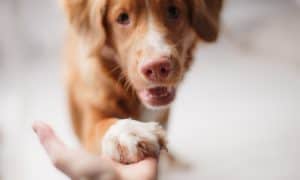“This post contains affiliate links, and I will be compensated if you make a purchase after clicking on my links.”
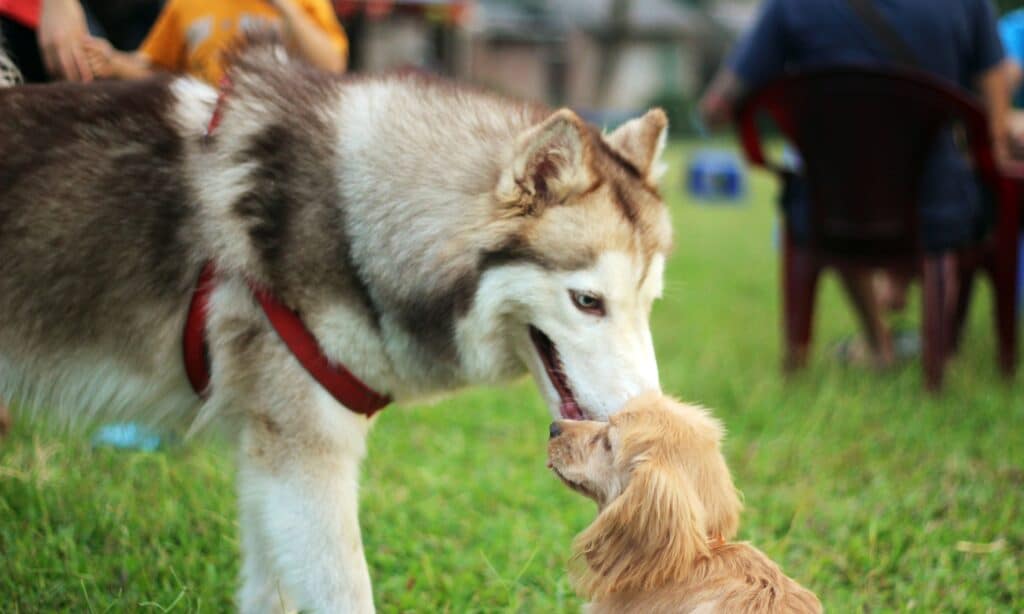
Do dogs talk with each other? When you see your dog playing with another and they seem to understand each other, it makes you wonder. Well, you’re correct! It may not be with words but they do understand each other.
Their body language serves as their primary means of communication. The position of a dog’s ears and tail can reveal a lot about them. To communicate with one another, dogs communicate by moving their bodies, ears, and tails, barking, whining, and leaving scents. But some vocalizations also make a significant contribution. Similar to how people understand facial expressions, dogs comprehend this common language through a combination of instinctive understanding and learning.
Each type of canine communication can be divided into three distinct categories. And here’s how you can understand them easily:
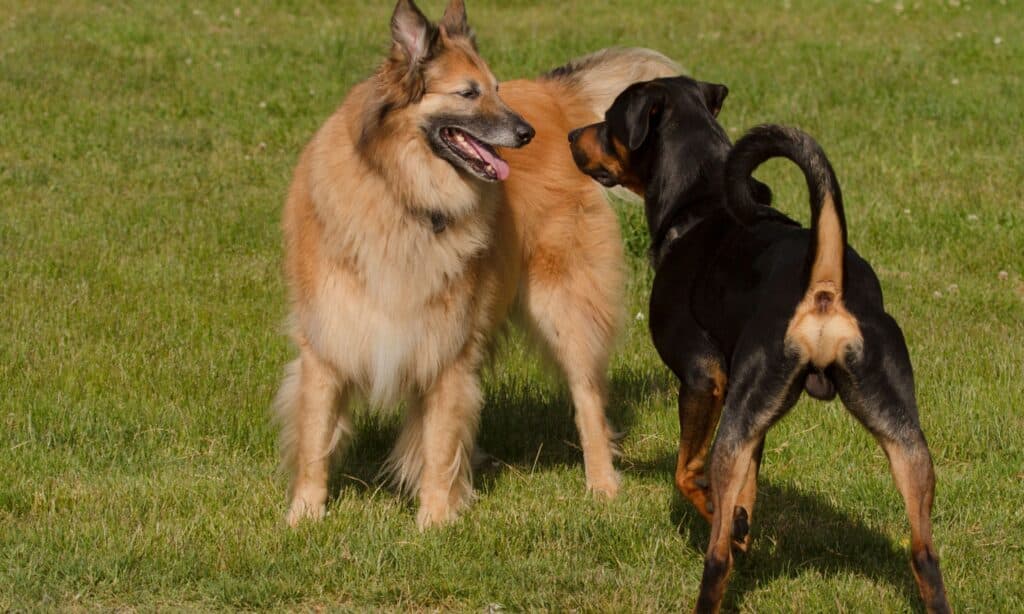
Vocalization
Dogs can bark, growl, howl, huff, whine, whimper, and yell, among many other vocalizations. A dog who is growling is a good example of body language analysis. A dog will frequently growl as a warning, and this should never be disregarded. However, some dogs enjoy growling while having fun. Howling is used for many forms of dog communication. Given the variety of howling expressions, it’s critical to consider your dog’s overall situation and the cause of the howling. Howling can be used to signal danger, get attention, or even communicate pain. A dog might bark at another dog out of joy, annoyance, or even fear. Some dogs whine to get another dog’s or a person’s attention. Additionally, a dog may occasionally whine as a form of appeasement; you’ll notice a tucked tail and lowered head.
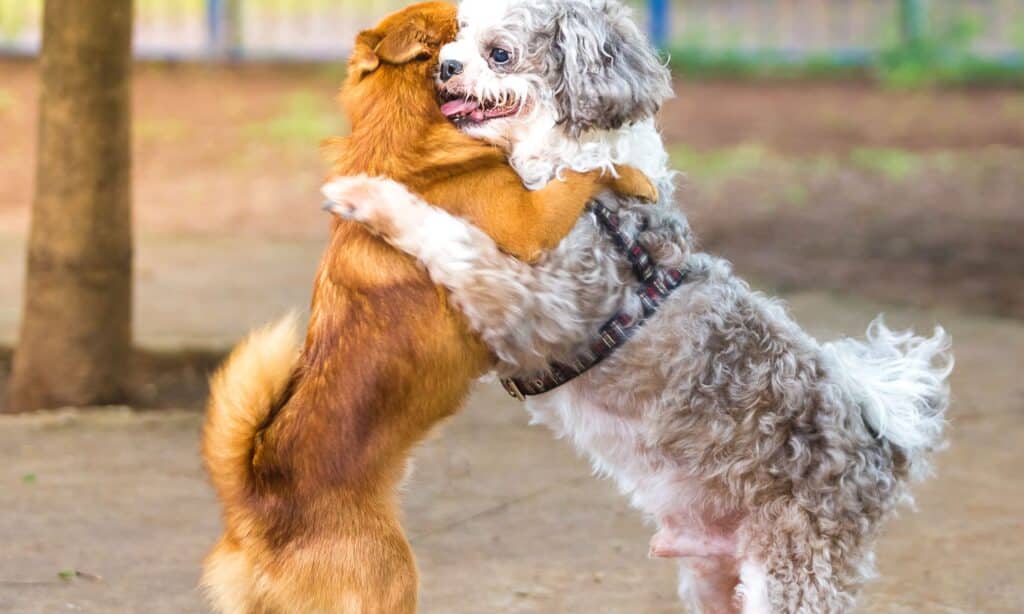
Body Language
Many people have misconceptions about how dogs communicate, particularly when it comes to body language. And the truth is, it can really be hard to decode a dog’s body language. Where a dog points its head is typically where they want to go. If they directly point their muzzle at another dog, a dog may be displaying aggression. But when they turn their head away and crouch on the ground, it can be their way of saying that they mean no harm. If they’re snarling, they’re probably not happy. Even so, mouth shape can be significant in other situations. Panting may indicate a state of relaxation. A relaxed and content dog frequently has a loose jaw. However, stress can also manifest itself as panting.
The tail of a dog is also a key indicator. A stiff tail typically denotes hostility or unease. When the tail is straight out, aggression is probably present. Fear may be the cause of a stiff tail tucked between the legs. A dog’s tail may or may not be wagging in happiness. When a dog is uneasy about something, it may also wag their tails. When dogs communicate with one another, body language is essential. They will primarily communicate by using visual cues.
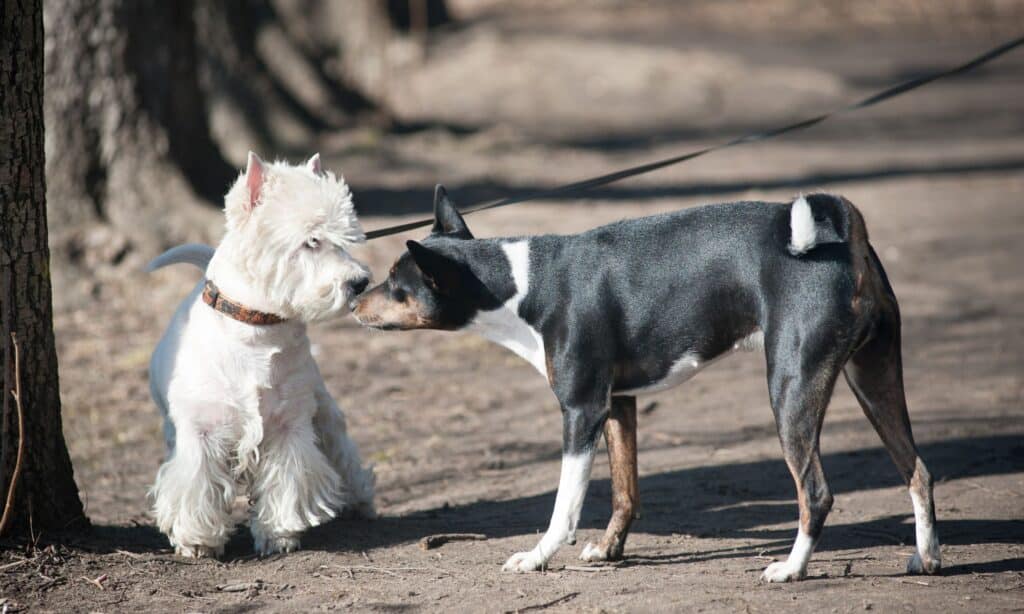
Nose
Dogs’ noses are delicate. They frequently use pheromones to communicate, which we cannot smell. When a dog is scared or enraged, they emit different scents. Age and sex can also be determined by pheromones. A female’s scent will change when she is in heat. Dogs who are pregnant also smell different. These pheromones, which aid dogs in understanding the emotions of those around them, are primarily produced in urine. When a dog smells another dog’s feces or rear, they can learn vital information about one another. These pheromones enable a dog to recognize social status, age, sex, genetic relatedness, and its emotional and physiological states.
Sights, sounds, and smell are the main forms of communication among dogs. It is similar to how people hold conversations with one another. We have the same communication channels but in various ways.





